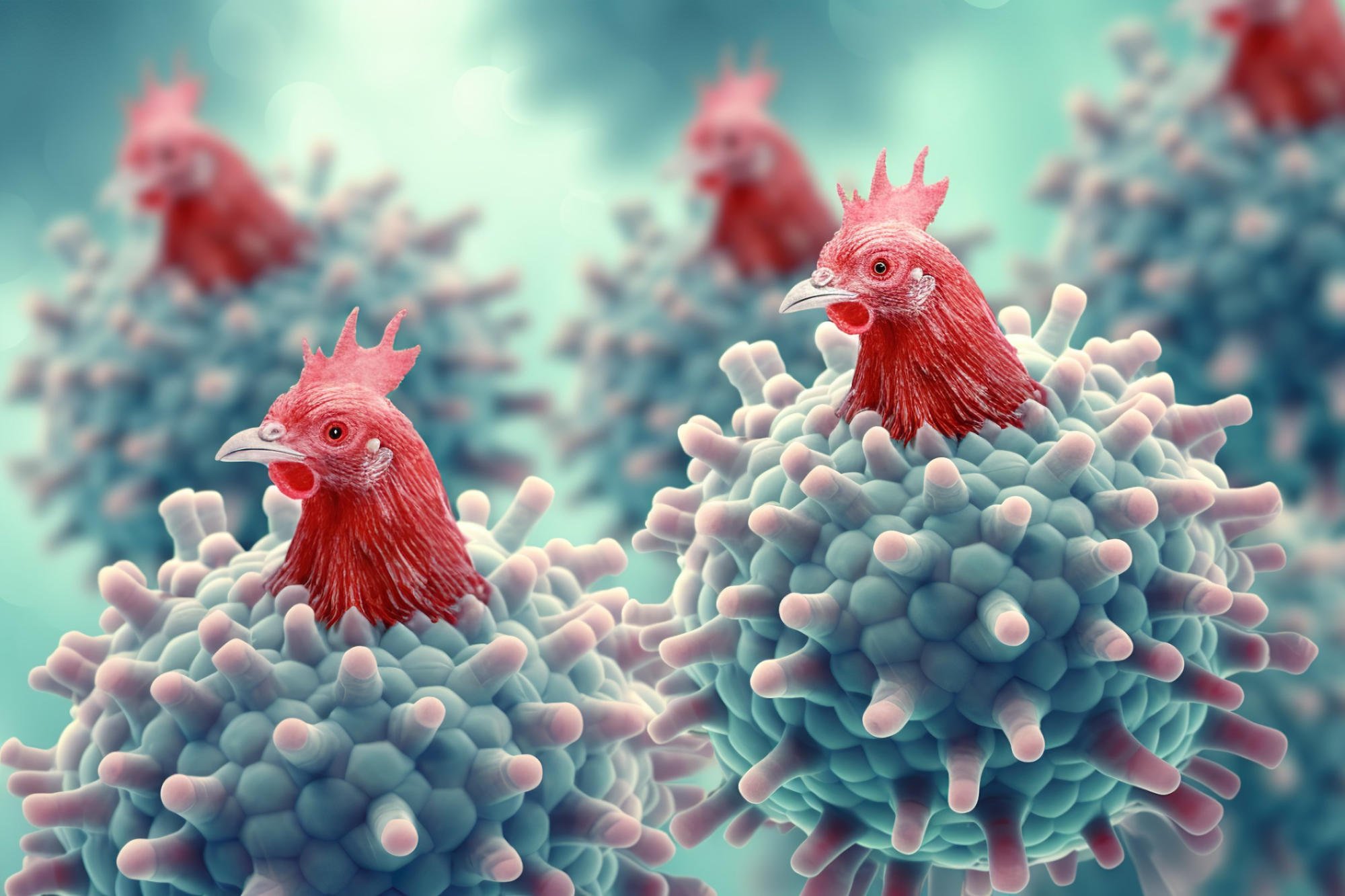Texas Tech’s BTRL confirmed the first human case of HPAI A (H5N1) transmitted from a dairy cow, marking a significant milestone in understanding the virus’s transmission and prompting immediate and effective collaboration with the CDC for further research and response.
The Biological Threat Research Laboratory (BTRL) at Texas Tech University was instrumental in identifying the first case of highly pathogenic avian influenza (HPAI) A (H5N1) being transmitted from a mammal (dairy cow) to a human.
The case was made public in an article published in the New England Journal of Medicine. Steve Presley, the director of The Institute of Environmental and Human Health (TIEHH) and the BTRL, and Cynthia Reinoso Webb, the biological threat coordinator at TIEHH, were co-authors on the journal publication.
The journal article explains that in March a farm worker who reported no contact with sick or dead birds, but who was in contact with dairy cattle, began showing symptoms in the eye and samples were collected by the regional health department to test for potential influenza A.
Initial testing of the samples was performed at the BTRL, which is a component of the Centers for Disease Control and Prevention (CDC) Laboratory Response Network-Biological (LRN-B) located at TIEHH.
Significance of the Case
“It’s a huge thing that the virus has jumped from birds to mammals, dairy cows in this case, and then to humans,” Presley said. “That’s why this paper in the New England Journal of Medicine is very significant. It’s going to lay the foundation, I believe, for a lot of research in the future of how the virus is evolving.”
The involvement of Texas Tech’s BTRL is a continuation of the partnership between regional, state, and federal public health partners.
“Being part of the CDC LRN-B, we have the standing capability to test for a lot of biological threats and some that are considered emergent,” Reinoso Webb explained.
The lab’s standby status allowed Reinoso Webb and the Texas Tech BTRL team to respond quickly to the needs of the regional public health authority. Knowing the potential dangers of the virus, Reinoso Webb pushed the testing into the safest laboratory available, and the team went to work.
Having received the samples in the early evening, results were being reported to regional, state, and federal levels within hours. By the next day, the samples were on their way to the CDC for further testing and confirmation.
“We were on the phone with the CDC until around midnight discussing different scenarios and follow-up requirements,” Reinoso Webb said. “There is a lot of federal reporting. It was a very complicated case, even though it was two samples and one patient.
“But we had this wonderful communication with the CDC and made sure we did everything by the book. This is how it’s been structured, and this is how the communication was supposed to happen.”
Reference: “Highly Pathogenic Avian Influenza A(H5N1) Virus Infection in a Dairy Farm Worker” by Timothy M. Uyeki, Scott Milton, Cherissa Abdul Hamid, Cynthia Reinoso Webb, Steven M. Presley, Varun Shetty, Susan N. Rollo, Diana L. Martinez, Saroj Rai, Emilio R. Gonzales, Krista L. Kniss, Yunho Jang, Julia C. Frederick, Juan A. De La Cruz, Jimma Liddell, Han Di, Marie K. Kirby, John R. Barnes and C. Todd Davis, 2 May 2024, New England Journal of Medicine.
DOI: 10.1056/NEJMc2405371

Sarah Carter is a health and wellness expert residing in the UK. With a background in healthcare, she offers evidence-based advice on fitness, nutrition, and mental well-being, promoting healthier living for readers.








